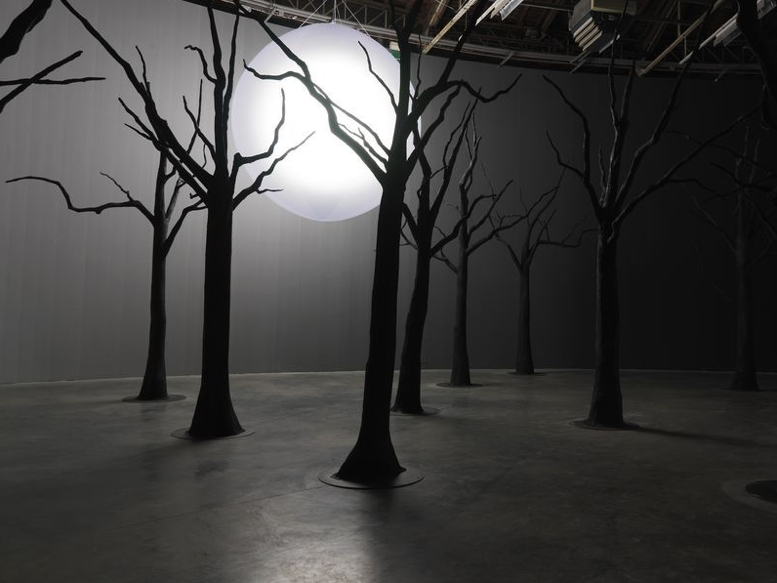Art is diverse and all-encompassing. It will take time to understand it completely but appreciating it is almost instantaneously. Arts are visually and auditorily pleasing. Many artists use art to express their technical and imaginative skills. Art is intended to be appreciated for their emotional and aesthetic appeals.
There are different art movements to include conceptual art. Here are the different things that you need to know about conceptual art movement:

What is conceptual art movement?
Conceptual art is a broad term but basically, it values ideas more than the visual or formal representation of artworks. Some call it post-object art or art-as-idea. The medium of conceptual art is the idea itself. The truth is, conceptual art is considered the most controversial and most radical form of modern and contemporary art. Many artists consider it philosophical and have nothing to do with art at all. This is wrong for patrons.
What is the history of conceptual art?
The French artist Marcel Duchamp was the first known conceptualist. He created Fountain (which resembled a urinal) in 1917 and submitted it for the annual Society of Independent Artists in New York. The artwork was rejected because it was not handcrafted or unique. Joseph Kosuth, an American artist, later acknowledged Duchamp’s relevance to conceptual art in 1969. However, it was Henry Flynt who coined “conceptual art” in 1961. Sol LeWitt was also one of the first artists to insist that conceptual art is a form of art.
What makes this art different from other forms?
Arts are generally used to express the feelings or emotions of the artist. When interpreting it, the viewer should understand where the artist is coming from. In the case of conceptual art, the viewer will create the interpretation, not the artist.
What are the characteristics of conceptual art?
Dada movement and surrealism were the sources of early conceptualism. Since conceptual art relies on the idea or the concept itself, the artists reduce the presence of the material. In every installation, you will notice that the artwork has a minimum material presence. Others consider this “dematerialisation” but it doesn’t mean that there is no aesthetics in it.
Conceptual art rejects the materialistic representation of an artwork. Conceptual art is, therefore, the opposite of formalism. Formalism gives emphasis on the formal qualities of a work like a shape, line and the color. It is different from Minimalism because minimalist artists embrace painting and sculpture as a form of representation.
Now you know about conceptual art, it is time to start appreciating it. Check for art installations near you and you will surely enjoy.




